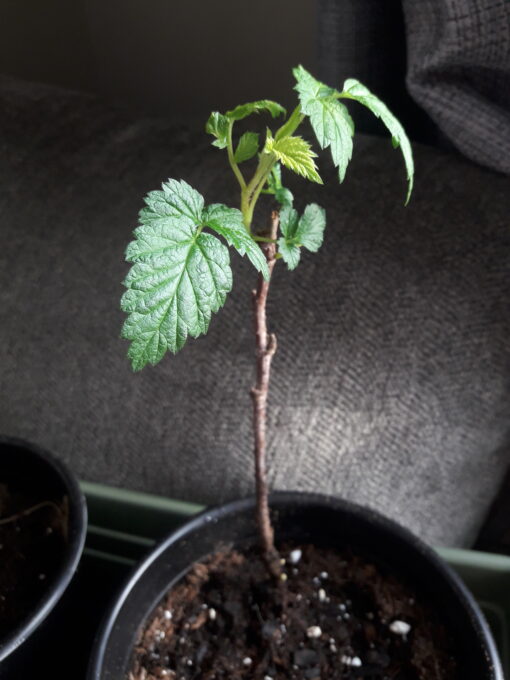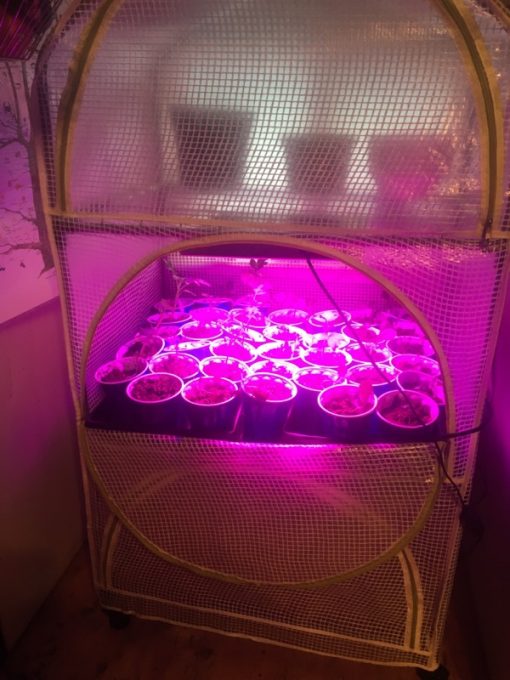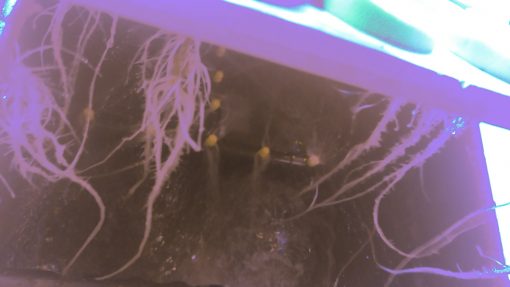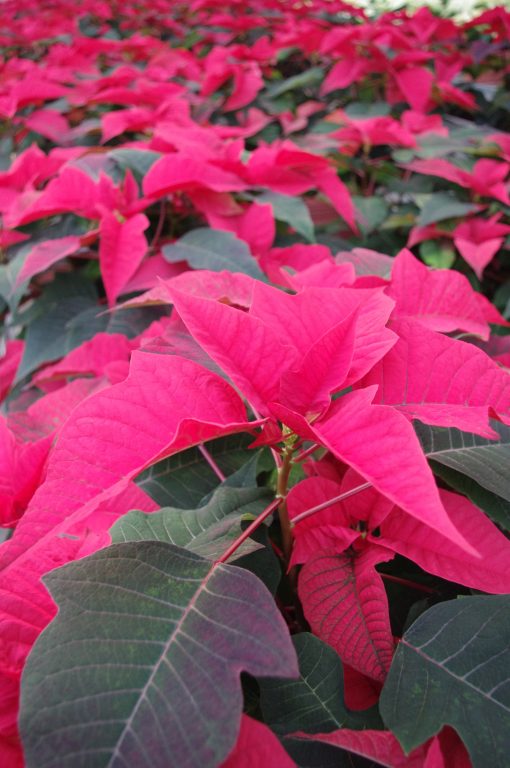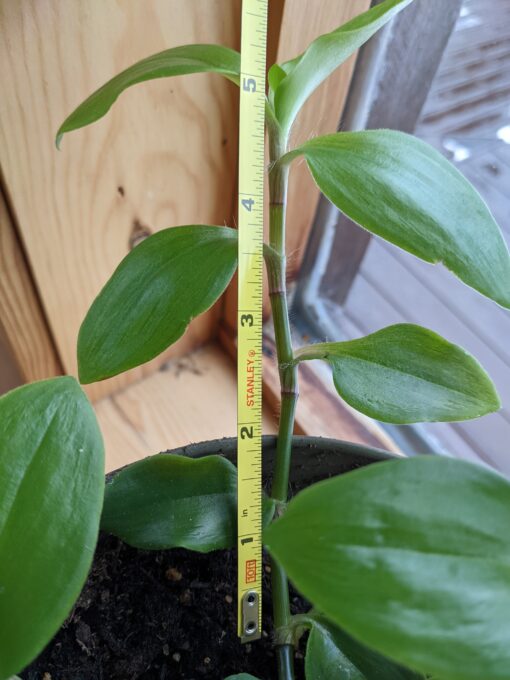
“Inch by inch, row by row, gonna make this garden grow”… John Denver’s lyrics are often an earworm on my internal playlist, something I hum as I tend my “piece of fertile ground”. I have always considered myself to be a gardener. My childhood home included a large patch of vegetables adjacent to our house and blackberry thickets bordering the yard. I was raised by thrifty parents who taught me the economic benefit of growing our own produce in rural New Hampshire. In Alaska, my own family homestead has always Read More …
